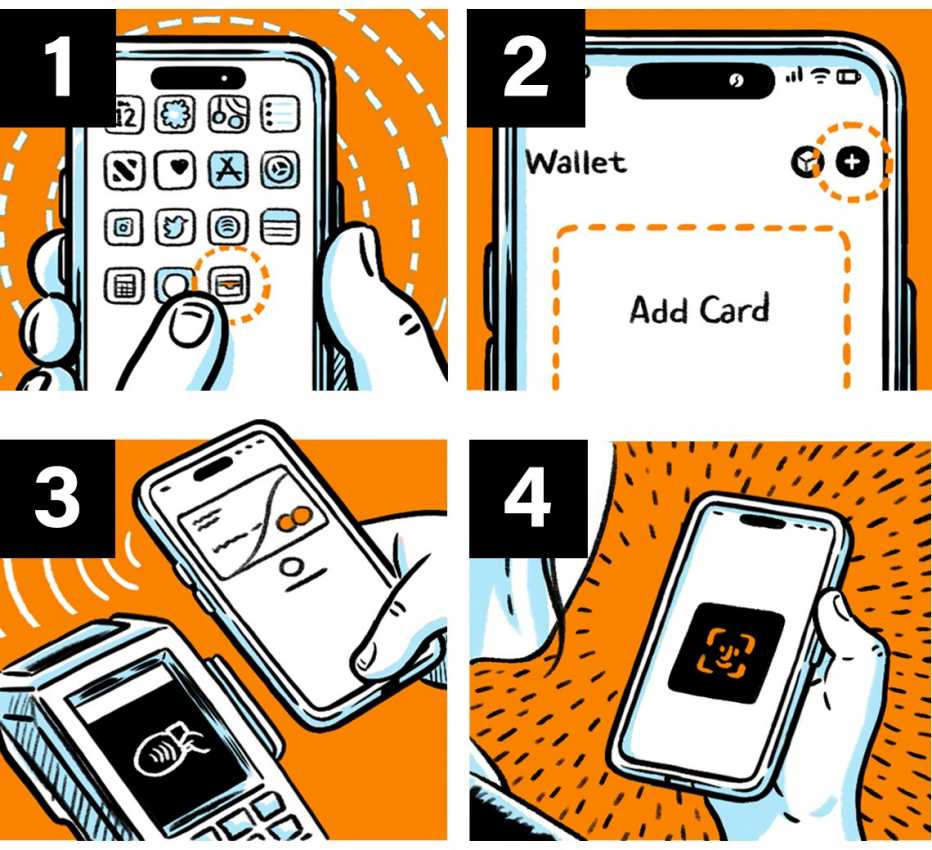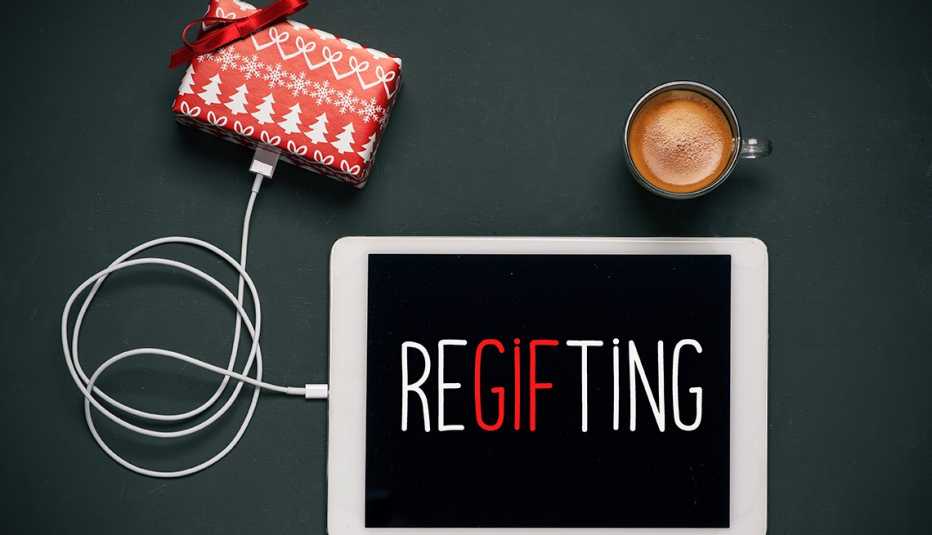Staying Fit
You see it at businesses ranging from massive stadiums to mom-and-pop shops — signs that firmly state “Cash Not Accepted.”
Though credit and debit cards have been a regular payment option for decades, advancing technology and staffing trends have turned some businesses away from paper money altogether. The pandemic, with an emphasis on hygiene and social distancing, accelerated that trend. The share of cashless businesses more than doubled from February 2020 to February 2021. Here are answers to questions about what exactly is going on and what the trend might mean for you.


AARP Membership— $12 for your first year when you sign up for Automatic Renewal
Get instant access to members-only products and hundreds of discounts, a free second membership, and a subscription to AARP the Magazine.
I thought stores made more money if you paid in cash. Has that changed?
There was a time when some businesses sought to avoid paying fees for credit card transactions by encouraging cash payments. But the dynamics of retail are changing. Now, even with those fees (which average 2.22 percent of each Visa or Mastercard transaction), a cashless business can be more profitable. Improved point-of-sale technology has made processing electronic payments much quicker than taking cash and making change, and that speed can increase total sales.
Take the example of Sweetgreen. The salad restaurant chain experimented with going cashless in 2016 and reported that those stores recorded up to 15 percent more transactions an hour than its stores that took cash. Those locations also saved about two hours per day on cash management work, such as balancing register drawers and making bank deposits. This prompted the company to implement cashless operations at all stores, although it backed away from that after some customer backlash.
Other business benefits of eliminating cash include simplified bookkeeping, as software tracks all transactions and spits out reports, and a reduced risk of loss or theft. In some cases, businesses can reduce staff, such as at parking lots where machines that process credit and debit card transactions have replaced attendants. One more bonus for the company: “People generally tend to buy more and tip more when they use their plastic than with cash,” says Matt Schulz, the chief credit analyst at LendingTree.
Where is this all headed?
A 2021 survey by transaction tech company Square showed that most consumers and small-business owners don’t think cash will disappear entirely in the U.S., but attitudes are changing. In the survey, 22 percent of small-business owners envision a fully cashless society within 10 years; that’s up from only 13 percent who thought that in 2019.









































































